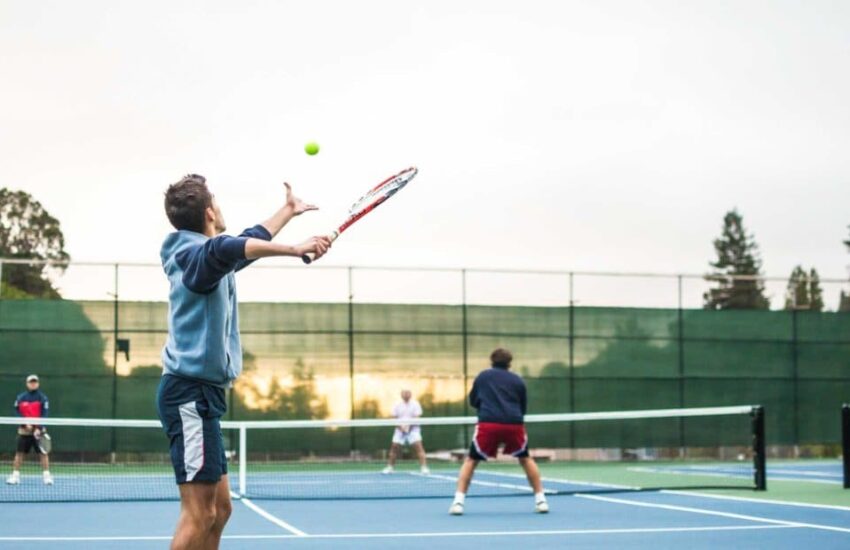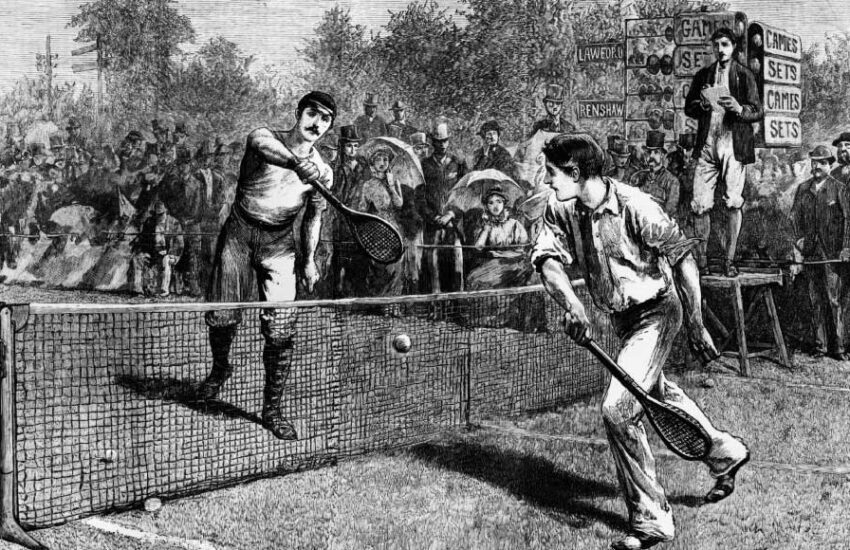Introduction to Solo Tennis Training
Embarking on a journey to improve your tennis skills independently can be both challenging and rewarding. Solo tennis training offers a unique opportunity to focus on specific areas of your game without the distraction or reliance on a partner. This guide aims to equip you with a variety of exercises and drills designed for individual practice, helping you refine your technique, build stamina, and increase your understanding of the game.
Solo Tennis Training Exercises and Drills
Ball Machine:
The tennis ball machine is an invaluable tool for players seeking to enhance their precision and consistency. It allows for repetitive practice of specific shots, such as backhands or serves, at varying speeds and angles. This machine serves as a personal, adaptable coach, providing a cost-effective alternative to professional training sessions.
Wall Practice:
Wall practice in tennis is an excellent method for developing muscle memory and improving shot rhythm. This drill enables you to focus on power control and stroke consistency, offering uninterrupted practice time.
Serve Practice:
Practicing serves with targeted drills enhances accuracy and power. Using targets in the service box can simulate match conditions, allowing you to refine your serving technique and strategy.
Drop & Hit:
This drill involves feeding balls to practice different strokes, helping improve your agility and shot diversity. It’s an effective way to simulate match scenarios and work on reaction speed.
Shadow Strokes:
Shadow strokes involve practicing swings without a ball, allowing you to focus on form and technique. This exercise is beneficial for identifying and correcting technical flaws.
Cone Drills:
Cone drills are used to improve serve accuracy and precision. Placing cones as targets in the service box challenges you to hit specific areas, improving serve consistency.
Footwork Drills:
Footwork drills, such as ladder exercises, enhance agility and movement on the court. These drills are crucial for developing efficient court coverage.
Ball Control Drills:
Ball control drills focus on directing the ball with precision. Practicing different stroke types and trajectories improves your overall control and placement.
Self-Toss Drills:
Self-toss drills refine the initial phase of your serve, emphasizing the importance of a consistent and accurate ball toss.
Fitness Training:
Incorporating strength, endurance, and flexibility exercises into your routine enhances your overall physical capability on the court.
Mental Visualization:
Mental training, including visualization techniques, improves focus and strategic planning, an essential aspect of tennis.
Advantages of Playing Tennis Solo
Solo tennis training allows for personalized practice tailored to your specific needs and goals. It offers the flexibility to train at your convenience and focus on areas that require improvement without the dependency on a partner. This form of training enhances self-reliance and allows for a deeper understanding of your playing style and strengths.
Understanding Tennis Racket Sizes
Selecting the right tennis racket size is crucial for optimal performance. Racket size refers to the head size, weight, and grip size. A larger head size typically offers more power and a larger sweet spot, making it ideal for beginners. Intermediate players may prefer mid-plus rackets for a balance of power and control. Advanced players often choose midsize rackets for precision and accuracy. Understanding these variations can significantly influence your game, providing the right balance of power, control, and maneuverability based on your skill level.
Comparative Table: Solo vs. Partner Tennis Training
| Aspect | Solo Training | Partner Training |
|---|---|---|
| Focus | Personal skill development | Cooperative strategies |
| Flexibility | Train at your schedule | Dependent on partner availability |
| Feedback | Self-analysis and video review | Real-time feedback and interaction |
| Game Simulation | Limited to drills | Realistic match play |
| Motivation | Self-driven | Competitive and social interaction |
Conclusion
Solo tennis training is a powerful way to enhance your skills and understanding of the game. By incorporating a variety of drills and exercises, along with selecting the appropriate racket size, you can develop a well-rounded skill set. Whether refining your technique, building physical strength, or improving mental agility, independent practice is an essential component of a successful tennis journey.



